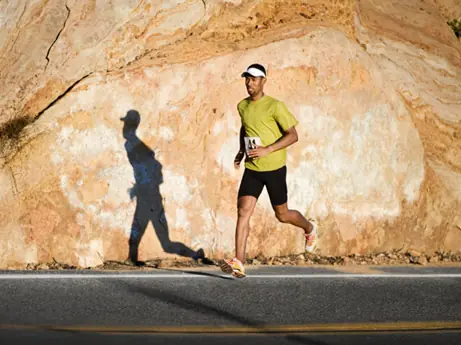
The marathon leg of an Ironman can make or break your race. If you've competed in an Ironman or even watched one, you'll notice athletes slow to a walk or jog during the running course. Many of those racers never make it to the finish.
Why does this happen and what can you do to make sure you finish strong?
To keep disaster from striking during the most critical juncture of the race, you'll need to adopt a training strategy that focuses on long runs and strength training as well as develop an efficient running technique. On race day, you need to pace yourself and even consider using a heart rate monitor to avoid pushing too hard early on.
Use these six tips below to increase your chances of finishing an Ironman.
More: How to Train for Your First Ironman
Pace the First Two Disciplines
On race day, be conservative during the first two stages of the race. The marathon will be easier if you can conserve your energy.
Some athletes lack discipline in the early stages of the race. This is especially true during the bike leg. If you hammer the hills and flats, your legs will tire before the run begins.
Many triathletes try to race at a level above their ability. By the time they transition into the run, their energy storage is exhausted. It's easy to get caught up in the excitement of the race. Still, you must stay within yourself, if you want to finish.
Know your race strategy and stick to it.
More: 4 Keys to Ironman Execution
Use a Heart Rate Monitor
Technology is a good way to monitor your pace. Use a heart rate monitor to stay in the right heart zone and pace yourself on effort instead of speed. If you're going to wear a heart rate monitor during the race, be sure to train with it too. This will give you a better understanding of your body's threshold.
Know the Course
Be proactive and research the course. Where are the challenging sections? Where are the hills and turns, and what's the direction of the wind? If you have the time, drive the course and take notes to see where you think time can be gained.
Check the forums on the race website for information on the course. Here you'll find insider information and stories from triathletes who have run the course before. The more information you can get, the better prepared you'll be to deal with problems as they arise.
- 1
- of
- 2
About the Author

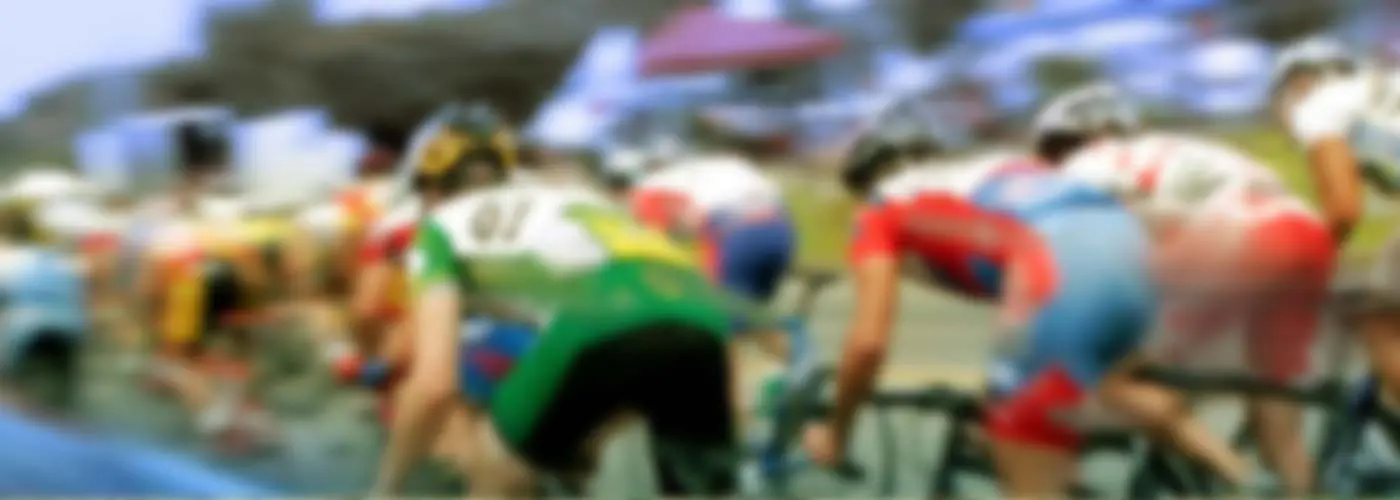



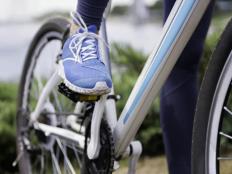
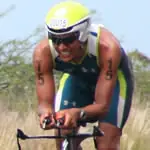
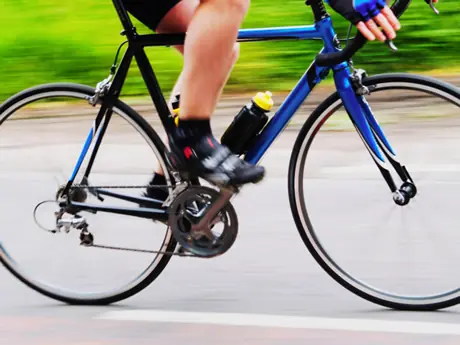


Discuss This Article